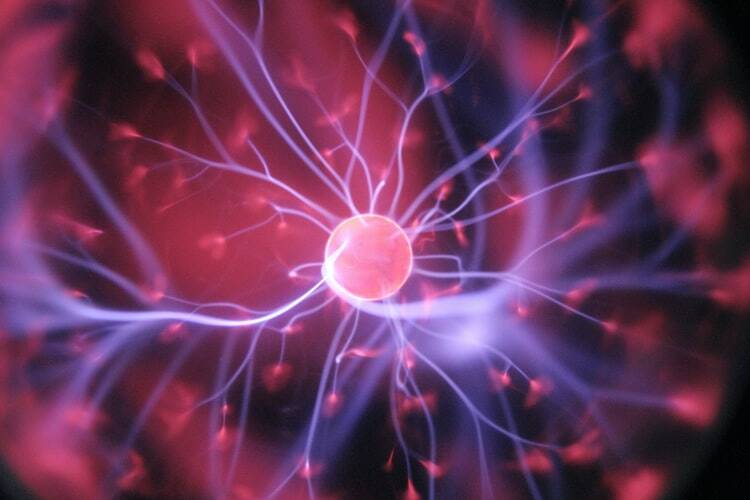
Everything in the world is constantly evolving, and evolution is a kind of change. People, for their part, are either getting better or worse. Even people who remain fixed in their ways develop deeper, more ingrained roots. The scientific term for evolution as it relates to the human brain is neuroplasticity. The brain, science says, changes in response to new stimuli and information–new input, in a word. Neuroplasticity is very hopeful for people who find themselves in a hole and question their ability to rebuild their lives, for example, by cutting out a destructive habit like pornography. The truth is if we want to change our brains, we need to start feeding it with new input.
Neuroplasticity is also an implicit warning. Just as our plastic brains can change our lives for the better in response to the right kind of new input, the opposite can happen in response to the wrong kind of new input. For those who are already where they want to be in life, the message is to keep doing what you’re doing and not to let your guard down. For those who are not already where they want to be in life, the message is to have faith and get busy by making the necessary changes.
Today, I’ve transcribed a short video that defines and illustrates the simple, but powerful, concept of neuroplasticity. Check out the video and transcript below!
Every action you take is a vote for the type of person you wish to become. No single instance will transform your beliefs, but as the votes build up, so does the evidence of your new identity.
James Clear in Atomic Habits
For more, see the complete archive of articles on integrity.
Transcript:
Neuroplasticity. You hear the term very often these days from smart phone apps, learning centers, rehabilitation centers, and even through athletic performance. But what does the term really mean?
To keep things simple, you break down the term neuro, which means nervous system, which consist of the brain, spinal cord, and all of the nerves that send and receive information to and from the brain.
And plasticity, which comes from the Greek word plastos, meaning moldable. So together neuroplasticity means “a moldable brain.”
Originally introduced by an Italian psychiatrist by the name of Ernesto Lugaro in 1906, the term neuroplasticity was a way to describe how the brain can change throughout life, to adapt, learn, and even recover from brain injury, but this wasn’t the first time that the concept of neuroplasticity was described.
You may be familiar with the famous experiment in 1904 conducted by a Russian psychologist, Ivan Pavlov. Professor Pavlov was able to essentially rewire the brains of his dogs to salivate at the ringing of the bell. He did this by repetitively ringing a bell every single time the food was presented to them.
You probably have personal experience with neuroplasticity, and don’t even know it. As a matter of fact, every time we learn something new, we are harnessing the power of neuronal plasticity. You may remember when you were back in grade school and your teacher told you at the end of the week, you were going to have a quiz on all 50 capitals of the United States. At the time, you could probably recall 2, maybe 3 capitals of the United States, but how were you going to learn all 50?
The chances are you probably went home and sat down with your parents and created a deck of flashcards with the state on one side and the capital of the state on the other side. You probably looked at the state, and then read the capital. You did this over and over and over again until you were able to recall the capital as soon as you saw the name of the state.
So what do you and Pavlov’s dogs have in common? Each of you have experienced the benefits of neuroplasticity. You both were exposed to a stimulus, accurately, with enough repetition and intensity to rewire brain function.
So, essentially, neuroplasticity can be considered as learning. And what’s the expression, “An old dog can always learn new tricks.” Neuroplasticity takes place every single day of our life regardless of our age or health. As long as you are alive, your brain will make new connections and you can increase your performance and health.
Neuroplasticity doesn’t just apply to cognitive skills, it also applies to physical skills. Don’t believe us? Remember the first time you tried to ride a bicycle. You may have attempted to ride the bike with training wheels, and once you practiced enough you were able to remove the training wheels and then were able to ride the bike.
The process of learning to ride the bike is a physical process, and, just like learning information, it requires repetition and intensity. . .

